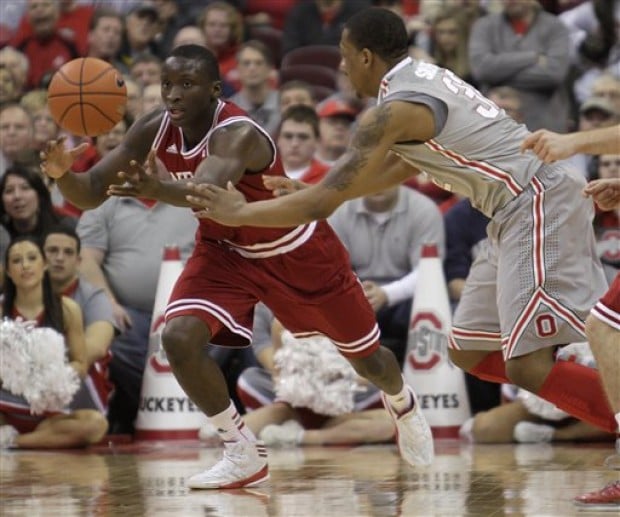When this college basketball season started, I made a few
assumptions: Louisville and Indiana were the best teams in the nation, but
Michigan would threaten; the A-10 would be absolutely ridiculous and Butler and
VCU would show themselves as the cream of the crop in their first year; and it
would be Drexel’s year in the CAA.
A few short months later, and while my A-10 prediction holds
true, Drexel has disappointed and the top of the NCAA rankings is anyone’s
guess. Over the last month and a half, the number 1 team in the AP Top 25 poll
has lost each week, causing a constant rotation of teams in and out of the top
spot (Duke, Louisville, Michigan, Indiana have all held the top spot at least
once). Furthermore, in all but one of those weeks, the #2 team has also lost.
The top 10 is in a constant flux, and it’s hard to argue that that’s going to
change anytime soon.
 What is going on to cause this constant turnover? Increased
parity is a possible answer. The Big Ten, for example, has five teams in the
top 25, and two others received votes. Michigan and Indiana have consistently
been top five squads, with Ohio State and Michigan State staying in the top 15
most of the season. Minnesota and Illinois have also had extended stays in the
rankings. The high quality of teams have allowed for many “upsets” in recent
weeks. Other top conferences, including the Big 12, ACC, and Big East, have
seen a number of teams battle back and forth. There are a lot of good teams
battling for seeding.
What is going on to cause this constant turnover? Increased
parity is a possible answer. The Big Ten, for example, has five teams in the
top 25, and two others received votes. Michigan and Indiana have consistently
been top five squads, with Ohio State and Michigan State staying in the top 15
most of the season. Minnesota and Illinois have also had extended stays in the
rankings. The high quality of teams have allowed for many “upsets” in recent
weeks. Other top conferences, including the Big 12, ACC, and Big East, have
seen a number of teams battle back and forth. There are a lot of good teams
battling for seeding.
Another possible answer lies in the overall talent level,
especially for the freshman class. Many ESPN analysts and NBA scouts have
called the 2013 draft class one of the weaker classes in recent years. There
isn’t a clear #1 pick this year, making the draft even more guesswork than
normal. This can be seen in the college game, with fewer superstar impact
players allowing for dominant teams.
 This is all a stark contrast to last season, where the
Kentucky Wildcats dominated from start to finish. Over the same six-week
stretch (10-15 in the AP Poll), Kentucky and Syracuse held 11/12 #1 and #2
rankings (Missouri was ranked #2 once over the stretch) last season. Comparing
the two seasons, this year 10 different teams have been ranked in the top 5
from week 10 to week 15, with six different teams ranked #1 or #2; last year,
only 8 were ranked in the top 5, and only three in the top two.
This is all a stark contrast to last season, where the
Kentucky Wildcats dominated from start to finish. Over the same six-week
stretch (10-15 in the AP Poll), Kentucky and Syracuse held 11/12 #1 and #2
rankings (Missouri was ranked #2 once over the stretch) last season. Comparing
the two seasons, this year 10 different teams have been ranked in the top 5
from week 10 to week 15, with six different teams ranked #1 or #2; last year,
only 8 were ranked in the top 5, and only three in the top two.
The other side of the parity is a lack of dominant teams
that cut through conferences without much effort. Last season, only five teams
from the Big Six conferences lost three or fewer conference games (Kentucky,
Duke, North Carolina, Syracuse, Kansas). Kentucky and North Carolina were
without question two of the most talented college teams we’ve seen in decades,
both returning multiple potential first round picks (a total of 10 players were
drafted from just those two schools). So far this season, only 16 teams in
the Big Six conferences have fewer than four losses, and there are still a good
deal of head-to-head games to go.
The most likely answer falls somewhere between these two
points: the NCAA doesn’t have the same collection of superstar talent as it did
last year, but has more competitive teams in the major conferences, especially
in the Big Ten. I expect to see more upsets come March Madness this year than
previous years, which will likely lead to higher TV ratings for the first few
rounds. Personally, I can’t wait.


No comments:
Post a Comment